Hair transplantation for men: a lasting solution against baldness
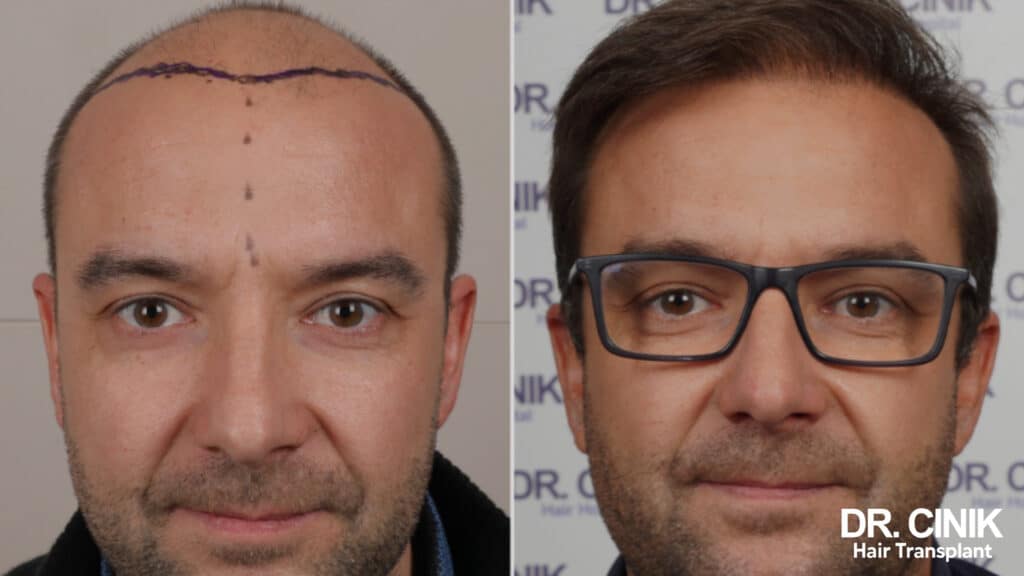
Sommaire
Androgenic alopecia affects millions of men around the world, often in their thirties. Aesthetic medicine has made enormous progress recently, offering effective and lasting solutions such as hair transplant. Let’s take a closer look at this intervention that restores the confidence of so many men.
Understanding Male Hair Loss
The most common cause of hair loss in men is androgenetic alopecia, a hereditary condition linked to male hormones. It is characterised by a progressive recession of the forehead line and a lightening at the top of the skull.
The other common type is traction alopecia, caused by too-tight hairstyles pulling on the roots. Although less common, it may also require a transplant in advanced cases.
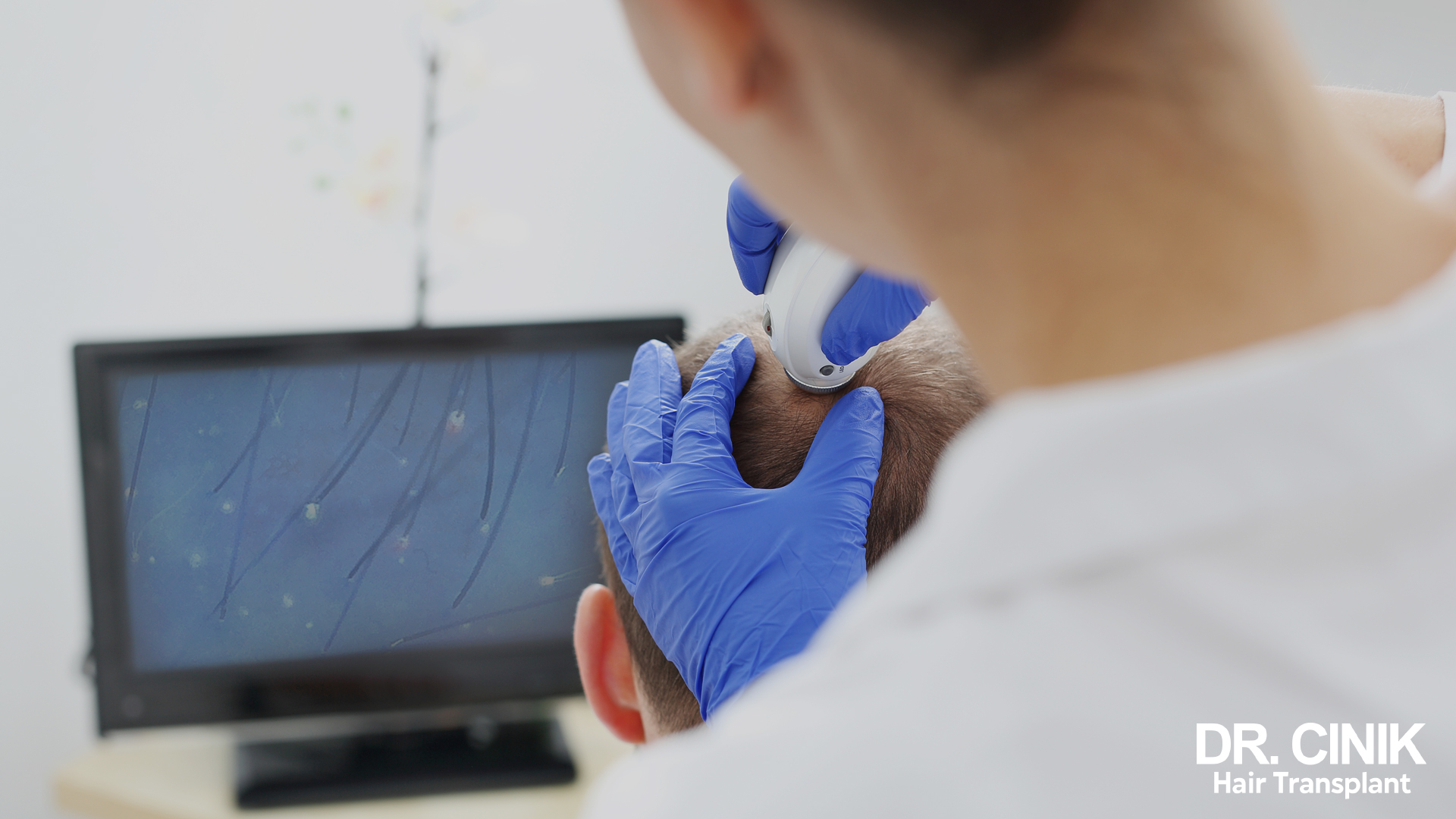
Scarring alopecia represents another type of hair loss treatable by transplantation. It can occur following trauma to the scalp, such as burns, injuries or surgical procedures. In these cases, Hair transplantation can help restore hair in scarred areas.
It is important to note that certain types of hair loss, such as alopecia areata (alopecia areata), acute telogen effluvium or alopecias linked to autoimmune diseases, generally cannot be treated by hair transplantation. These conditions require different treatment approaches, often medical rather than surgical. Dr. Cinik evaluates each case individually to determine whether hair transplantation is an appropriate option or if other treatments are more suitable.
Psychological impact
Hair loss can significantly affect men’s self-esteem and confidence. Many patients report feeling older, less attractive, and less confident in their personal and professional lives. This loss can influence social relationships, career and even mental health. This is why more and more men are turning to solutions like hair transplantation.
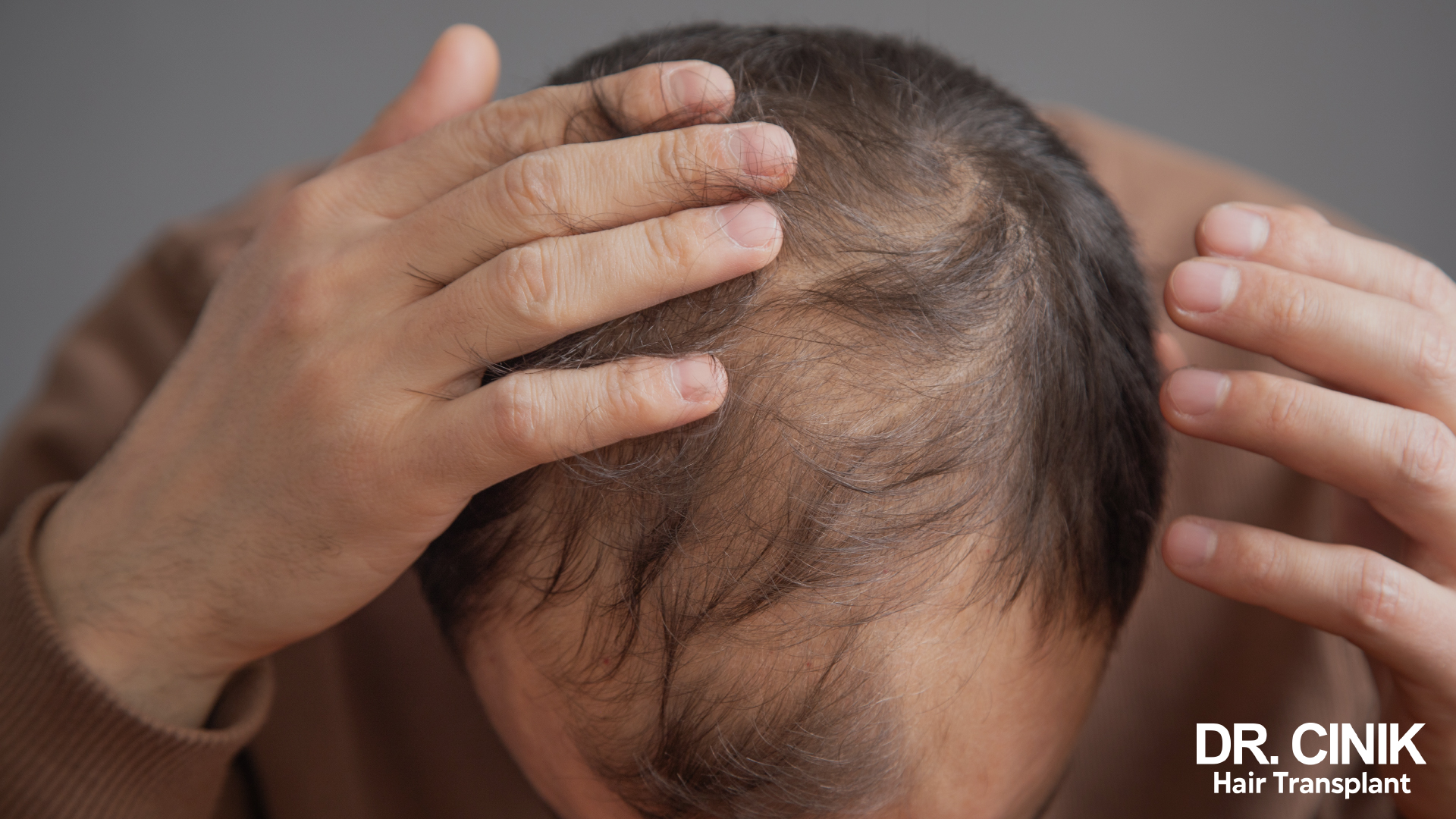
Hair transplantation: a tailor-made solution
Hair transplantation involves harvesting hair follicles from areas not affected by alopecia (called donor areas) to re-establish them in bare areas. This technique achieves natural and long-lasting results, as the transplanted hair retains its original characteristics.
Modern hair transplant techniques
Dr. Cinik mainly uses two grafting methods: the FUE (Follicular Unit Extraction) technique and the DHI (Direct Hair Implantation) technique. FUE involves removing individual follicular units and re-implanting them, leaving only tiny scars invisible to the naked eye. DHI, a variant of FUE, allows direct implantation of the grafts without prior incision for even faster healing. The choice of technique depends on the particular case assessed during the initial consultation.
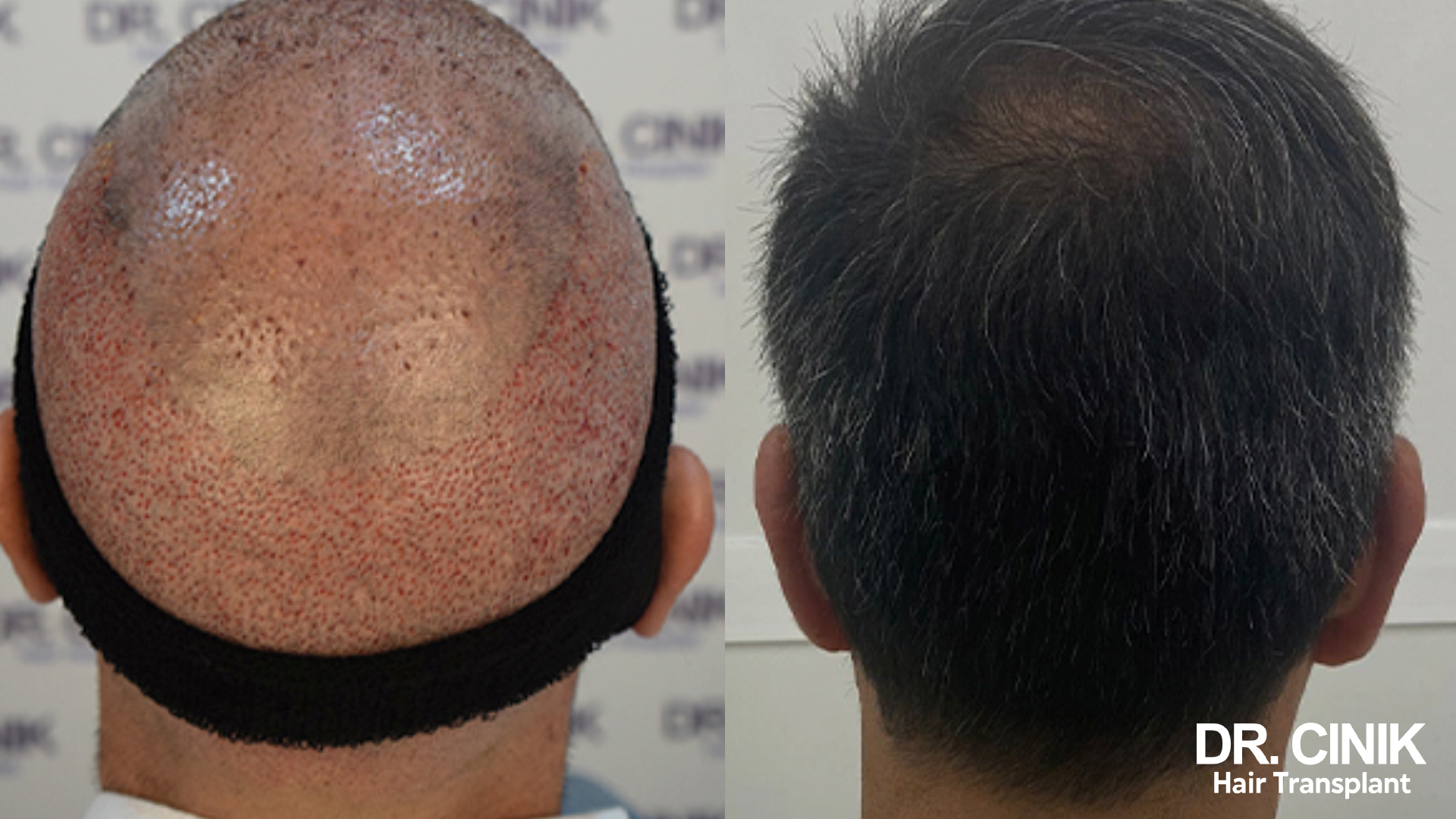
These techniques offer natural results thanks to precise implantation of the grafts, rapid recovery due to small incisions, and optimal post-operative comfort. A study published in The Journal of Cutaneous and Aesthetic Surgery highlights the effectiveness and safety of the FUE technique for hair restoration (Kumaresan et al., 2018).
The process of a hair transplant
The procedure generally takes place on an outpatient basis, under local anaesthesia. It includes partial shaving of the scalp, harvesting of the grafts, their preparation under a microscope, creating micro-incisions in the recipient area, and carefully implanting the grafts. The whole process can take several hours but is painless.

Consultation and planning
Before the procedure, a thorough consultation is conducted. Dr. Cinik evaluates the scalp and the quality of the donor area and discusses the patient’s expectations. This step allows us to determine the number of grafts needed and plan the procedure personally.
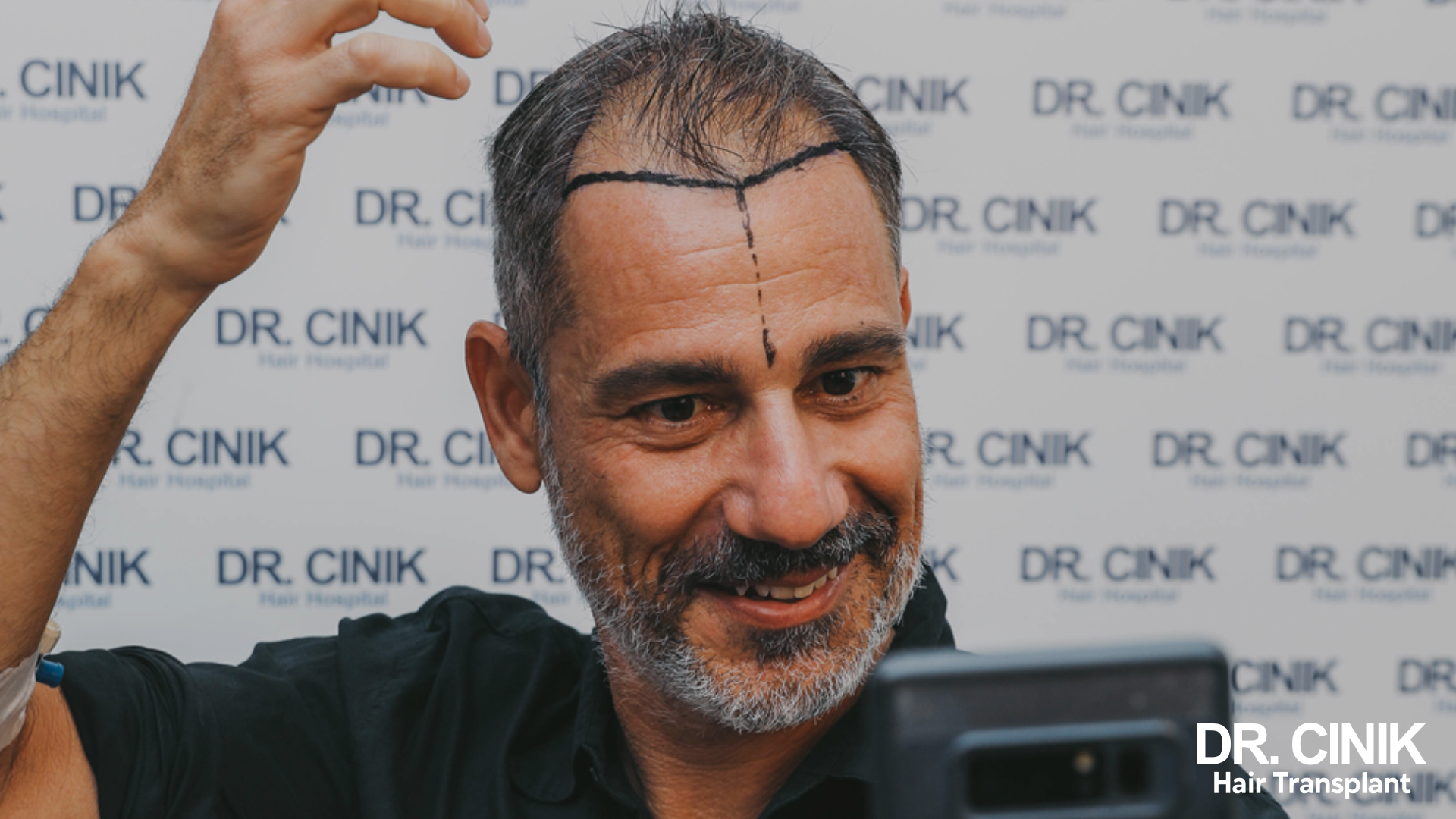
Post-operative care and recovery
After the transplant, monitoring of post-operative instructions is essential. This usually includes sleeping with the head elevated, avoiding touching or scratching the transplanted area, using specific shampoos recommended by the surgeon, and protecting the scalp from the sun. Most patients can return to normal activities after a week, although some precautions are still necessary for a few weeks.

The scalp wash after a transplant is a crucial step. For the first days, a specific technique using panthenol foam is recommended. From the 11th day, a protocol for gently removing the crusts is implemented.

The sun protection is essential in the weeks following the transplant. Too early or intense exposure to UV rays can affect the regrowth and growth of new hair.
Results and post-operative follow-up
After the transplant, patience is necessary. The transplanted hair will first fall out, then gradually grow back. The first visible results generally appear after 3 to 4 months, but the final result can be seen after about a year.
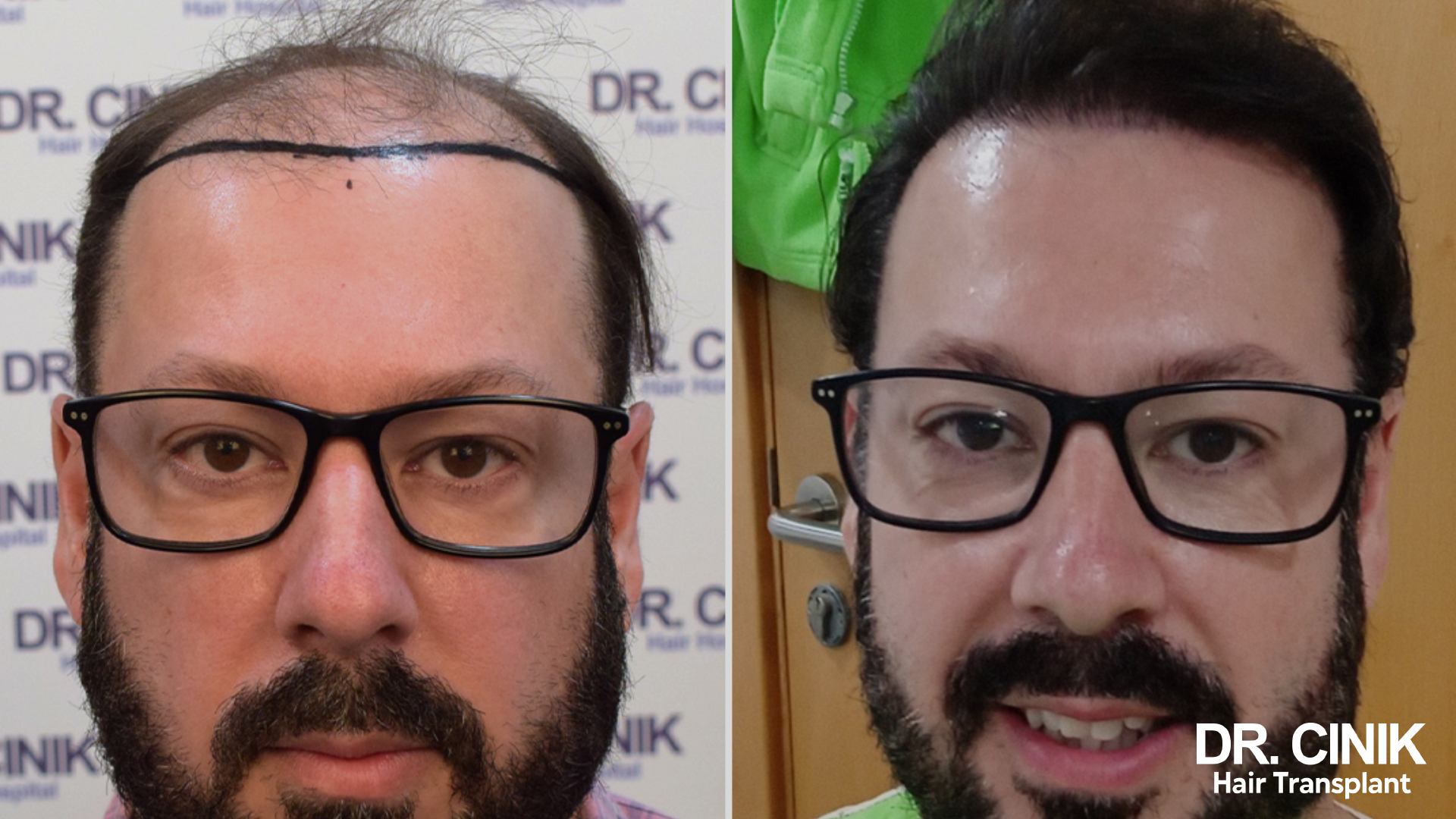
To optimize new hair regrowth and health, Dr. Cinik recommends a complementary treatment of PRP (platelet-rich plasma). This technique uses the patient’s blood cells to stimulate hair growth. A study published in the Journal of Cosmetic Dermatology demonstrated the effectiveness of PRP in improving hair growth and density after transplantation (Gentile et al., 2015).
Beyond the scalp: beard transplantation
The beard transplant offers a solution for men suffering from thinning facial hair. The principles are similar to classic hair transplantation, allowing a beard to be thickened or redesigned according to the patient’s wishes. This technique allows the densification of sparse areas, the correction of scars or irregularities, and even the creation of a full beard where it was absent, with natural and permanent results.
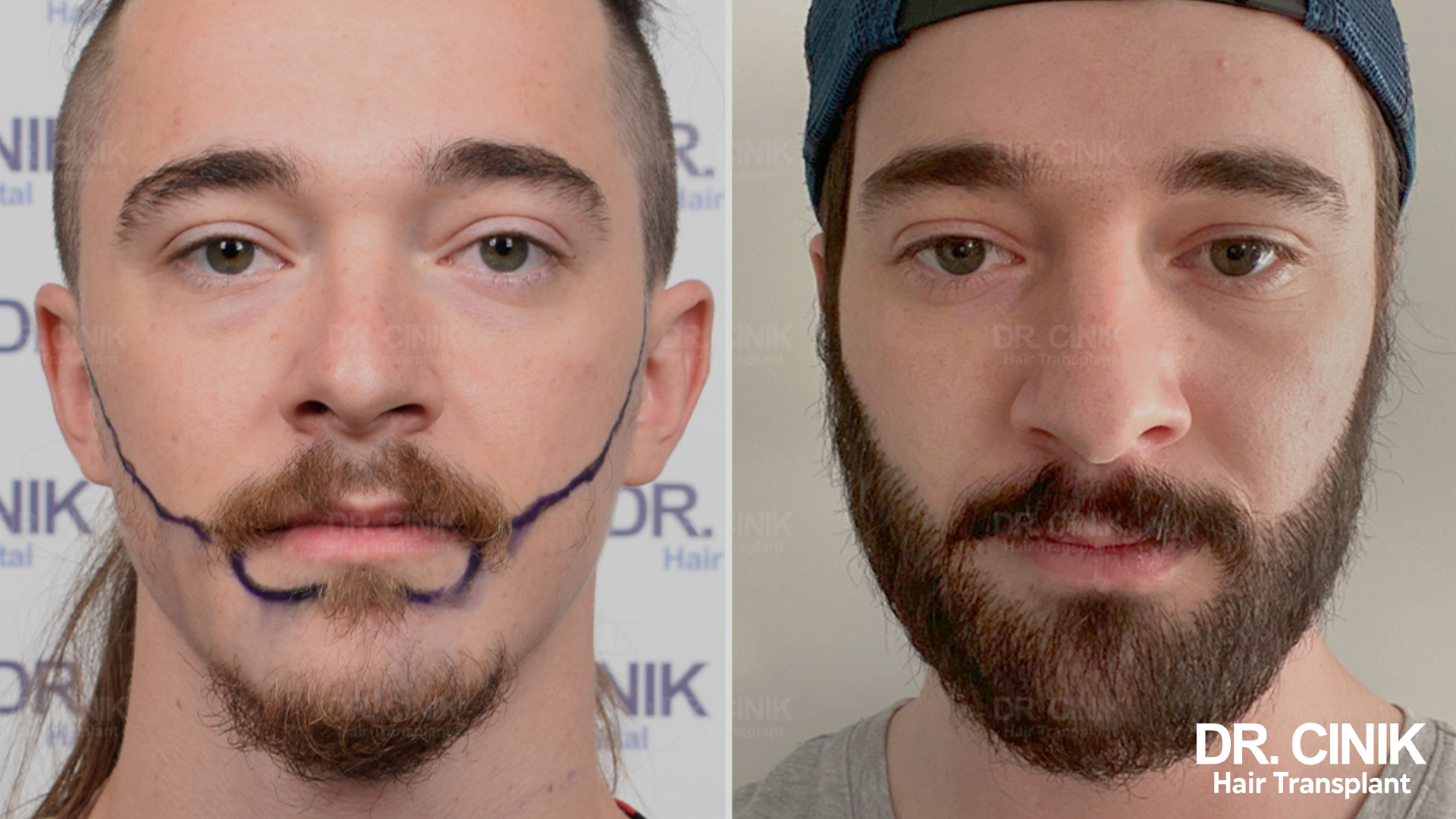
Choosing the right surgeon: a key factor for success
The success of a hair transplant depends mainly on the expertise of the practitioner who performs it. The choice of an experienced surgeon, trained in the most recent techniques, is decisive. As such, many patients are turning to Turkey, particularly Istanbul, which has become a world reference in the field of hair transplantation. Renowned surgeons like Dr. Emrah Cinik offer high-quality procedures at prices that are often more affordable than in Western Europe.
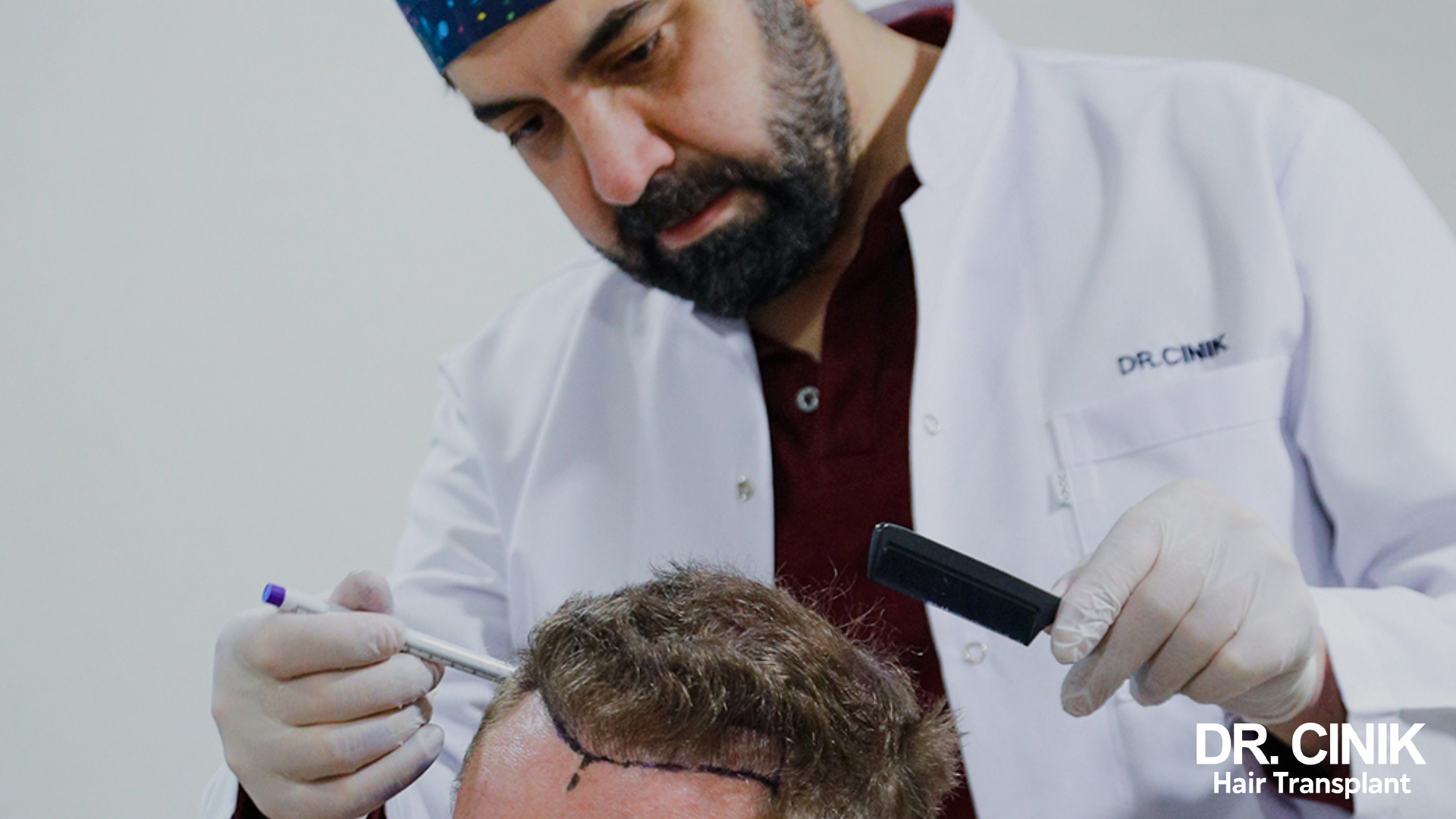
Turkey: a popular destination for hair transplantation
The hair transplant in Türkiye attracts thousands of patients from all over the world every year. The recognised expertise of Turkish surgeons, ultra-modern clinics equipped with the latest technologies, competitive prices and the possibility of combining the procedure with a tourist stay explain this success. Among the renowned clinics in Istanbul, of Dr. Emrah Cinik stands out for its personalised approach and remarkable results.
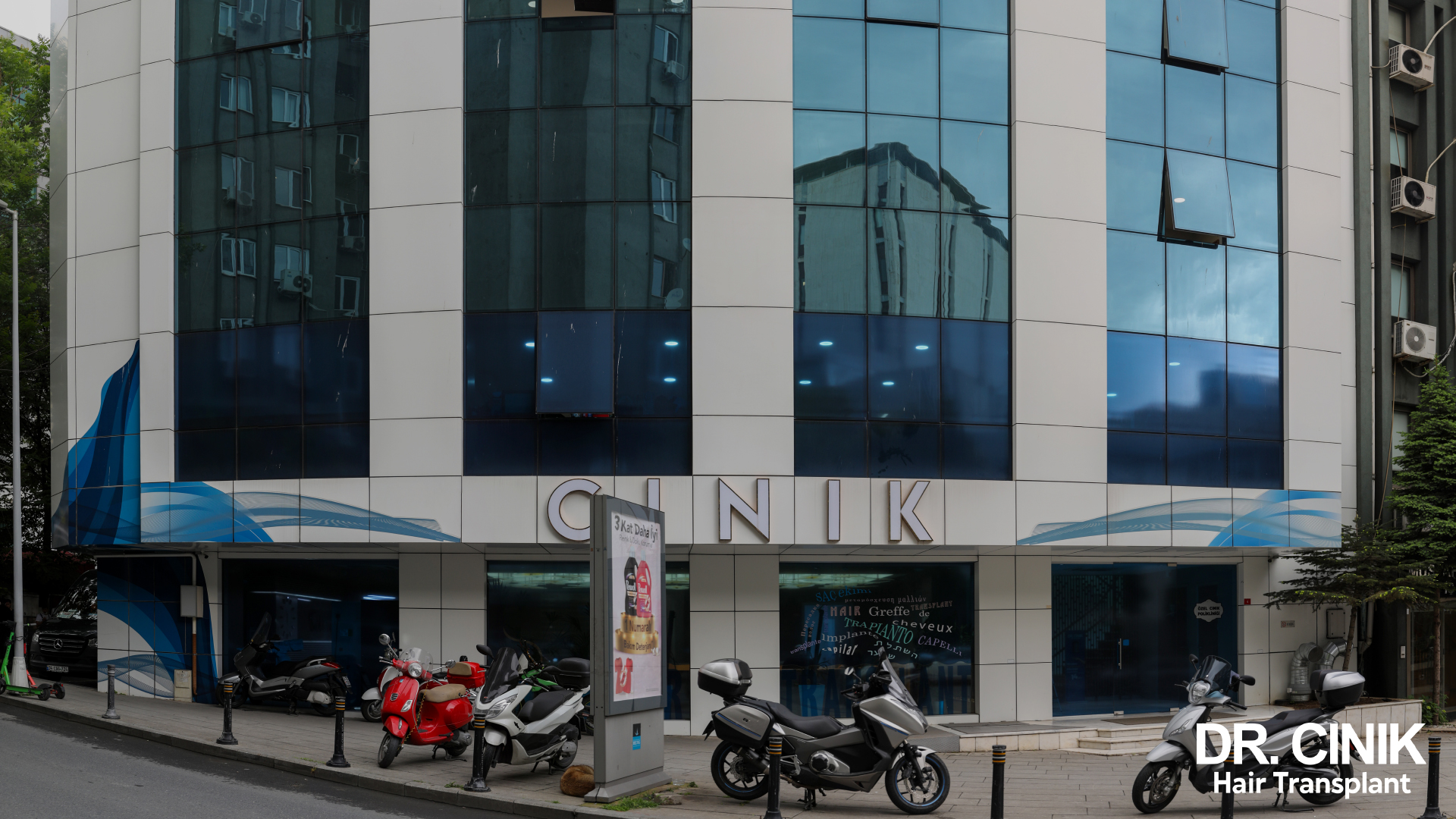
Important considerations before a hair transplant
The best candidates for a hair transplant are generally men over 25 with stabilised hair loss, who are in good general health, have realistic expectations of results, and have a sufficiently dense donor area.
Although rare when an experienced surgeon performs the procedure, some risks exist, such as infection, bleeding, temporary swelling of the scalp, or temporary loss of the transplanted hair. During the consultation, Dr Cinik discusses these risks in detail and explains how they are minimised through his expertise and the modern techniques.
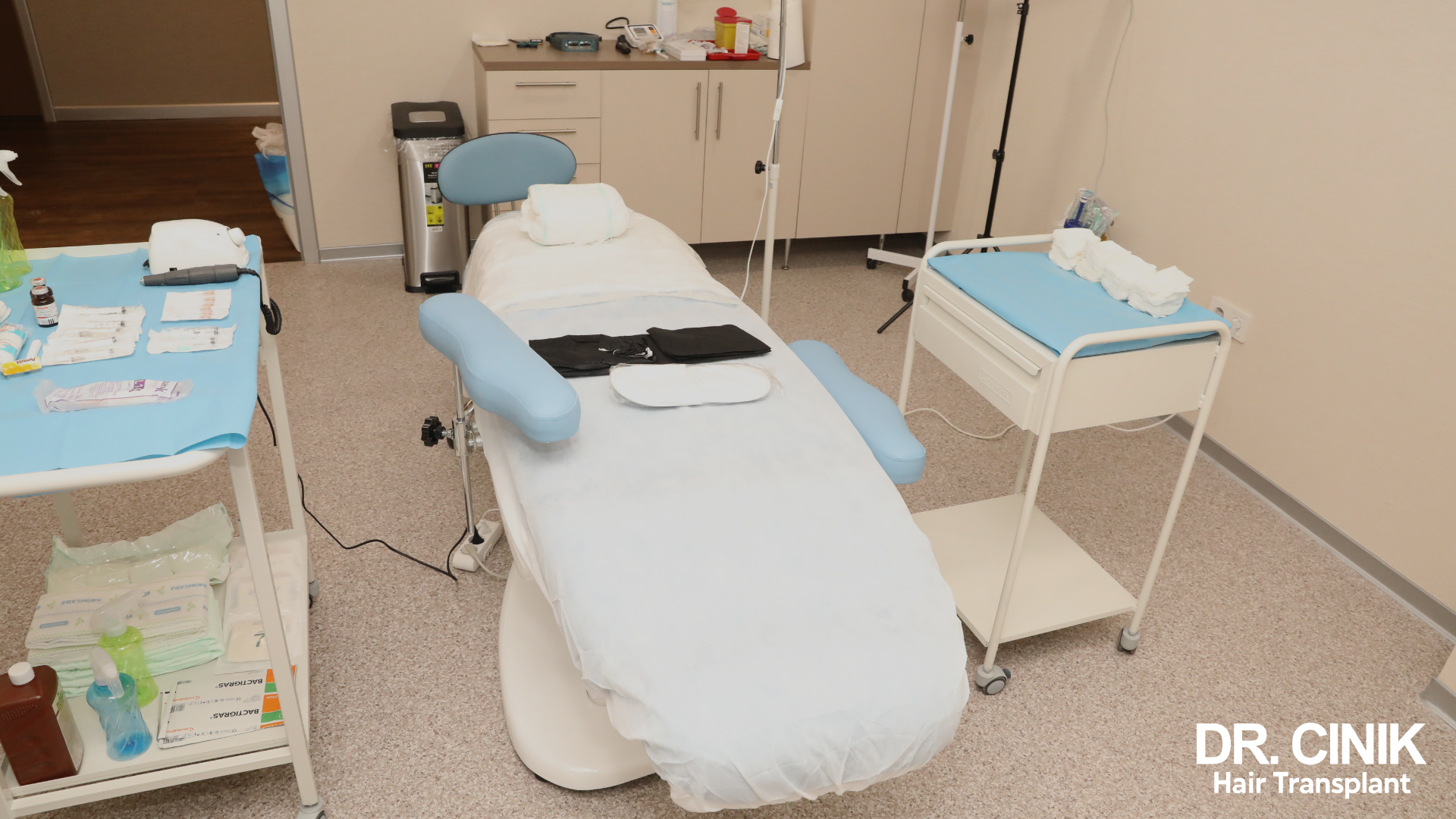
The management of post-operative infections is an important aspect to consider. Although rare, they can occur and require prompt consultation with the surgeon if symptoms such as redness, swelling, itching or discharge occur.
Conclusion: a personal decision to mature
Hair transplantation is an effective and lasting solution to regaining dense and natural hair. Whether you suffer from advanced baldness or simply to thinning hair, this procedure can significantly improve your appearance and self-confidence.
Taking the time to educate yourself, consult different specialists, and ask all the necessary questions before making a decision is beneficial. The option of an intervention in Turkey deserves consideration, with internationally renowned clinics like Dr Cinik offering quality care at an attractive price.
Do not hesitate to contact Dr. Cinik’s clinic for a personalised consultation and discover how a hair transplant could transform your appearance and confidence.



